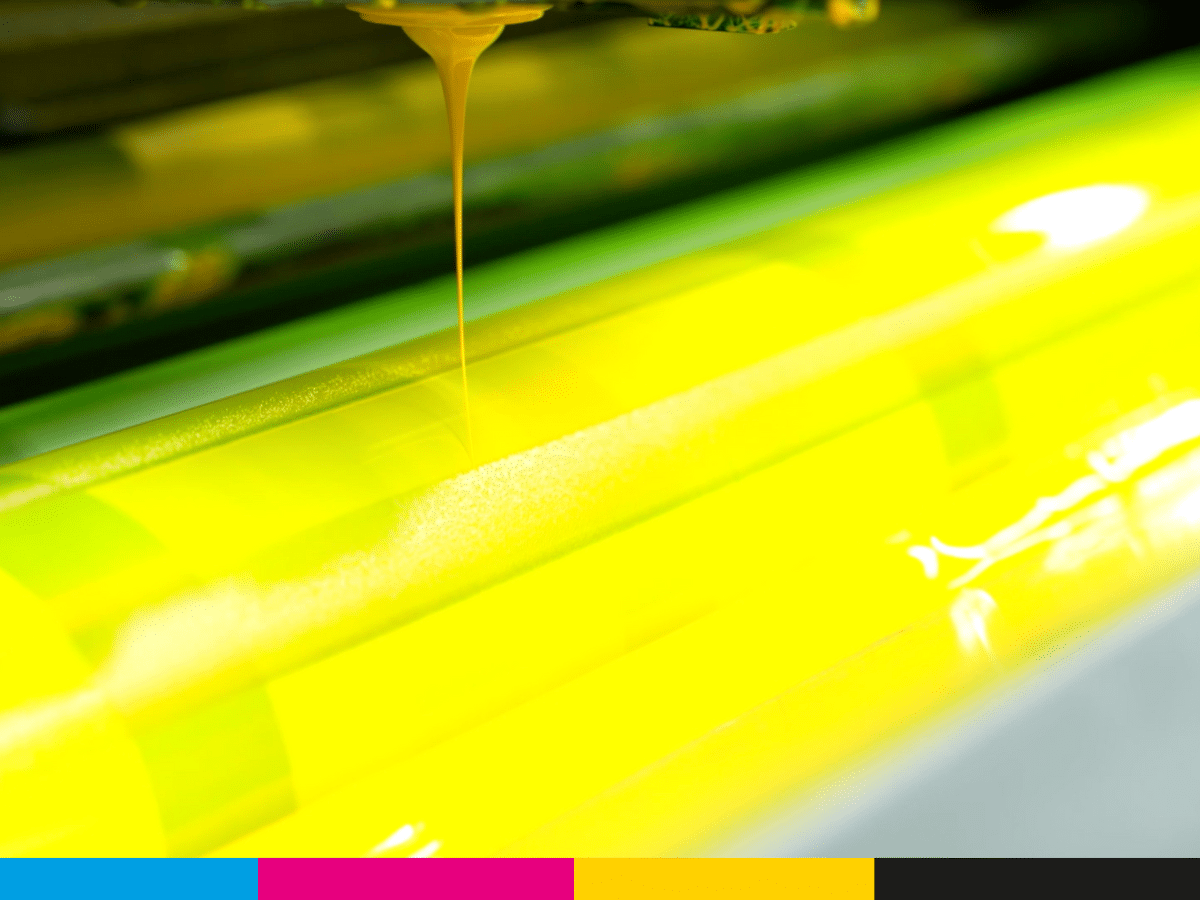Have you ever stopped to wonder how ink magically transforms digital files into tangible prints?
In this comprehensive guide, we’ll unravel the mystery behind ink in printing, exploring its role, composition, and interaction with different printing methods.
Whether you’re curious about digital printing, offset printing, or the machines that bring your designs to life, this guide will provide you with the answers you seek. So, let’s dive in and discover how ink works its magic in the world of printing.
1. Understanding the Role of Ink in Printing
Before we delve into the specifics of how ink works, let’s first understand its fundamental role in the printing process.
What is Ink?
Ink is a liquid or paste-like substance containing pigments or dyes used for writing, drawing, or printing. In the context of printing, ink is applied to a printing surface, such as paper or cardboard, to create text, images, or designs.
The Function of Ink in Printing
The primary function of ink in printing is to transfer images or text from a printing plate or digital file onto the printing surface. It achieves this by adhering to the printing surface and forming visible marks that compose the final printed material.
2. Ink in Digital Printing
Now that we understand the role of ink let’s explore how it operates in digital printing, a modern printing method that has revolutionized the industry.
How Digital Printing Uses Ink
In digital printing, ink is applied directly to the printing substrate using inkjet or laser technology. Inkjet printers eject tiny droplets of ink onto the substrate, while laser printers use toner, a dry powder, that is fused onto the substrate using heat.
Types of Ink in Digital Printing
There are various types of ink used in digital printing, including dye-based inks and pigment-based inks. Dye-based inks are composed of soluble dyes that produce vibrant colors and sharp images, while pigment-based inks contain solid particles suspended in a liquid carrier, resulting in durable prints resistant to fading and smudging.
3. Ink in Offset Printing
Next, let’s explore how ink operates in offset printing, a traditional printing method known for its high-quality prints and versatility.
The Offset Printing Process Here
In offset printing, ink is applied to a printing plate, typically made of aluminum, which contains the image or text to be printed. The ink adheres to the image areas on the plate while being repelled by the non-image areas.
Ink Transfer in Offset Printing
Once the ink is applied to the printing plate, it is transferred onto a rubber blanket cylinder. The rubber blanket cylinder then transfers the inked image onto the printing surface, such as paper or cardboard, with precision and accuracy.
4. Ink in Printing Machines
Lastly, let’s explore the role of ink in printing machines and how it interacts with different components to produce prints.
Ink Delivery System
Printing machines are equipped with an ink delivery system responsible for supplying ink to the printing plates or print heads. This system ensures a steady flow of ink to maintain consistent print quality throughout the printing process.
Ink Control Mechanisms
Printing machines are also equipped with ink control mechanisms that allow operators to adjust ink flow, density, and color to achieve the desired print results. These mechanisms ensure precise control over ink usage and minimize waste during the printing process.
Conclusion
In conclusion, ink plays a vital role in the printing process, whether it’s in digital printing, offset printing, or printing machines. Understanding how ink operates and interacts with different printing methods and components is essential for achieving high-quality prints and optimal performance.
So, the next time you marvel at a beautifully printed piece of material, remember the magic of ink working behind the scenes to bring your designs to life.


